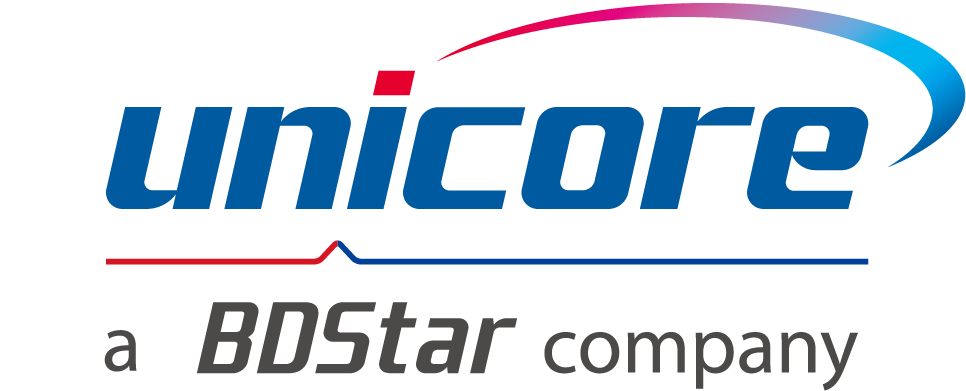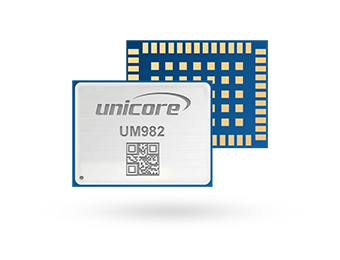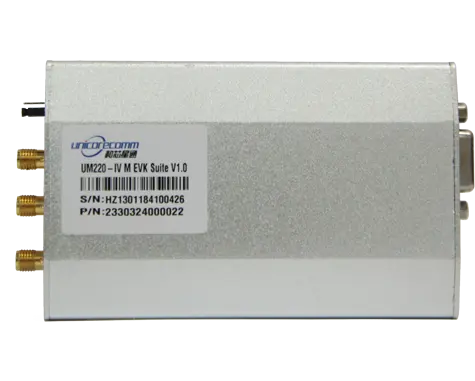In our rapidly interconnected world, GNSS (Global Navigation Satellite System) timing is a critical component for synchronization across a myriad of global operations. From aligning intricate network functions to facilitating swift financial transactions, precise timing is paramount for various industries. The emergence of Precision GNSS Receivers has marked a significant shift in timing technology, delivering a new tier of accuracy and reliability. This article delves into the importance of Precision GNSS Receivers, highlighting Unicore Communications as an industry leader and their pivotal role in shaping the future of GNSS timing.
Precision GNSS Receivers: The Technology
Precision GNSS Receivers utilize signals from multiple satellite systems to offer highly accurate and precise timing information. They synchronize with satellite-based atomic clocks, achieving timing accuracy within nanoseconds. This level of precision is a game-changer for industries such as telecommunications, finance, and scientific research that rely heavily on accurate timestamping.
Unicore Communications: A Leader in GNSS Timing
Unicore Communications stands out as a trusted provider of Precision GNSS Receivers. Their focus on innovation and research has led to the development of advanced technologies that enhance timing accuracy. Unicore's receivers excel in providing precise time synchronization and feature robust signal reception, ensuring reliable timing even in challenging conditions. Unicore's GNSS high-precision timing module works on all systems and multiple frequencies. The GNSS timing module continuously delivers excellent performance even in complex electromagnetic environments. UT986 GNSS timing module provides nanosecond-level PPS accuracy and supports multiple timing modes.
Cross-Industry Applications
The utility of Precision GNSS Receivers is evident across a range of industries. Telecommunications networks rely on them for infrastructure synchronization and seamless data transmission. The finance industry uses precise timestamping for high-frequency trading and transaction processing. Scientific research also benefits from the exact timing these receivers provide for experiments and data analysis.

 EN
EN  JP
JP  ko
ko  fr
fr  de
de  es
es  vi
vi  it
it  pt
pt  ms
ms  sv
sv  CN
CN




